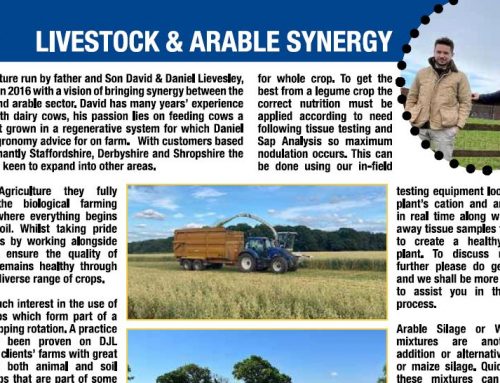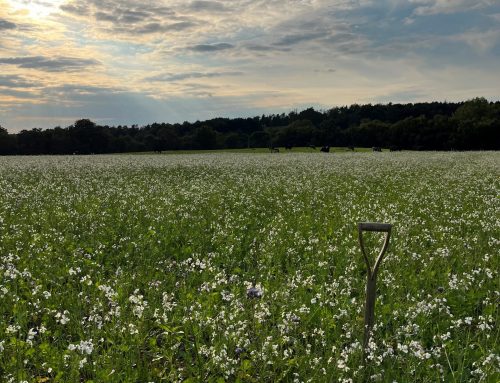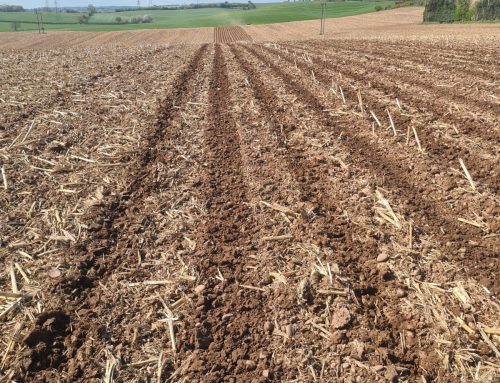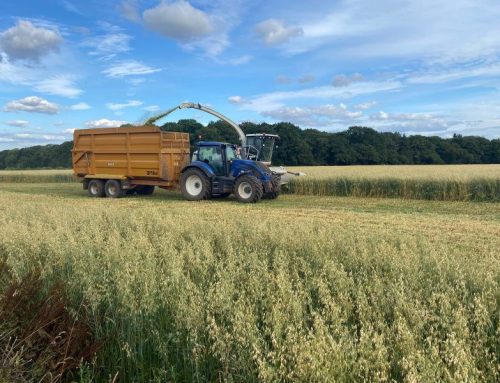June Newsletter 2022 – Issue 4
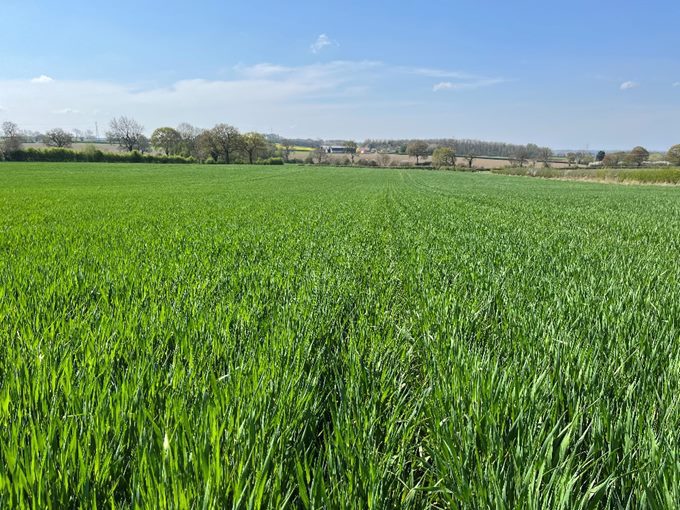

June Newsletter 2022
Issue 4
Crops grown without insecticide or fungicide
It has been another strange season growing crops which is once again weather related in the fact that the UK only got 41% of its average rainfall. This caused significant stress related issues to cereal crops during the construction phase of the crop where 40% of the crop’s nitrogen is required.
This leads me into writing this month’s newsletter on a few crops that have so far been grown without any Insecticide or Fungicide and a significant reduction in nitrogen compared with previous years at this farm. And this is continuing to build fertility in the soil and is now showing biological improvements.
It is important to note that this hasn’t been achieved overnight and has taken several years of a transition to achieve this.
The past month has been a busy one out on farm, Looking at Brix levels in different crops along with measuring nitrate, potassium, calcium, and sodium within the plants to all the while build a picture of what is happening out there to try and grow these crops to best of our ability without using pesticides. Sometimes this is not always possible, and we must be realistic and respond pro-actively especially when destructive diseases strike such as yellow rust in wheat which seems to have become an issue yet again. Even in varieties that were least expected to breakdown.
After listening to Graham Saits most recent nutritional farming podcast it got me thinking already towards next year regarding sequestering more carbon as that is going to be a valuable secondary income to farmers.
 I see his new one has just come out which I must go and listen to!
I see his new one has just come out which I must go and listen to!
Foliar Feeding
 Nitrogen management through foliar become ever so more a talking point this year with the current price of nitrogen and the efficiency difference. The amide form urea has been applied to a few of my crops this year which is as good as 12 times more effective through the leaf and is rapidly converted to proteins. There is also no leaching or volatilization, and nitrogen uptake is improved by around 30% with the inclusion of Humic acid.
Nitrogen management through foliar become ever so more a talking point this year with the current price of nitrogen and the efficiency difference. The amide form urea has been applied to a few of my crops this year which is as good as 12 times more effective through the leaf and is rapidly converted to proteins. There is also no leaching or volatilization, and nitrogen uptake is improved by around 30% with the inclusion of Humic acid.
This year’s wheat shown in the picture above is a blend of 5 different varieties and was sown into grass where a short-term cover crop was drilled to help with flocculation, so establishment was more successful.
At drilling a compost tea as a brewed inoculum was applied as a seed drench that contains bacteria / fungi and protozoa with the inclusion of Humic and fulvic acid as well as amino acids. This is the start of the crop protection program to eliminate the need for pesticides. Seed treated with fungicide reacts slower and is of poorer quality. Why as well would you want to treat a tiny seedling with nitrogen when 100kg of precious carbon is burned for every kg of nitrogen!
To learn more about the brewing process and the meaning behind it, come and see it for yourself on display at Stafford County show 1st and 2nd June. Should you not be able to make the show do not hesitate to contact us via our website www.djlagriculture.co.uk
Nirogen Recycling
There are 74,000 Tons of Gaseous Nitrogen above every hectare, so it is important we take advantage of this.
The 3 Minerals required to improve nodulation are Sulphur, Boron, and Molybdenum.
With almost 80% of soils worldwide deficient in Sulphur and molybdenum it is important to apply these elements as a foliar to promote root nodulation.
To check how healthy your nodules are dig a plant up to examine whether the nodules are pink or not.
A good legume-based crop can supply 200kg N/ha, so it is more the reason to feed the plant with c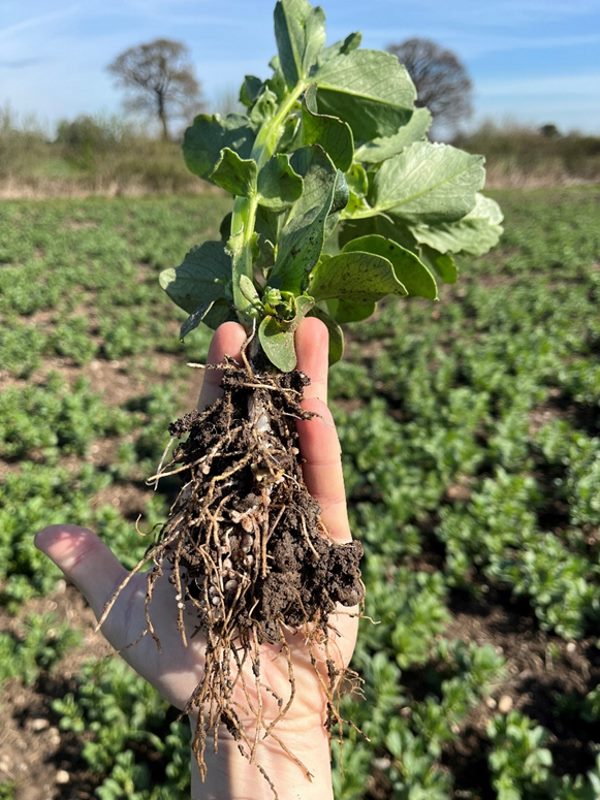 orrect nutrients to allow this to support the following or current crop.
orrect nutrients to allow this to support the following or current crop.
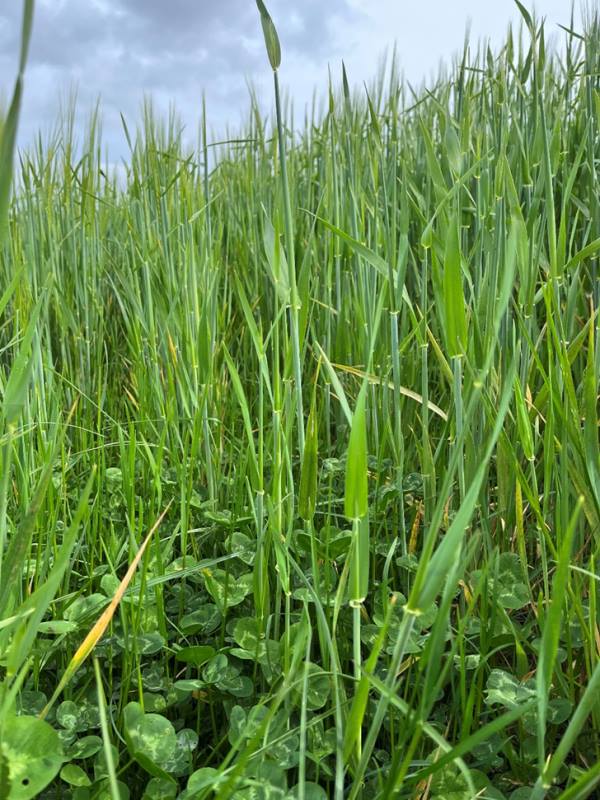
Using Silicon
![]() Although Silicon is the second most abundant element found in the soil, it is often, unavailable in the plant available form (Monosilicic or orthosilicic acid).
Although Silicon is the second most abundant element found in the soil, it is often, unavailable in the plant available form (Monosilicic or orthosilicic acid).
Other 2 elements required in the system are calcium and boron.
The Calcium when used with Silicon strengthens the cell walls and the Boron allows them to work in partnership. Silicon is very immobile within the plant which means regular applications are needed.
salicylic acid induces systemic acquired resistance (SAR) in plants. The activation of SAR provides a broad-spectrum resistance against a wide range of related or unrelated pathogens.
Silicon helps increase Brix levels and the production of phytoalexins to help build ISR
Here are some crops of winter Barley and winter wheat after being Treating in April at growth stage 31 – 32 with Different forms of silicon, including potassium silicate.
To find out more about using silicon as an immune elicitor and instead of using fungicides and building cell wall strength for crop resilience, Contact us at www.djlagriculture.co.uk where you will find some recent blog posts about how and why we are using silicon in the crop protection program.


